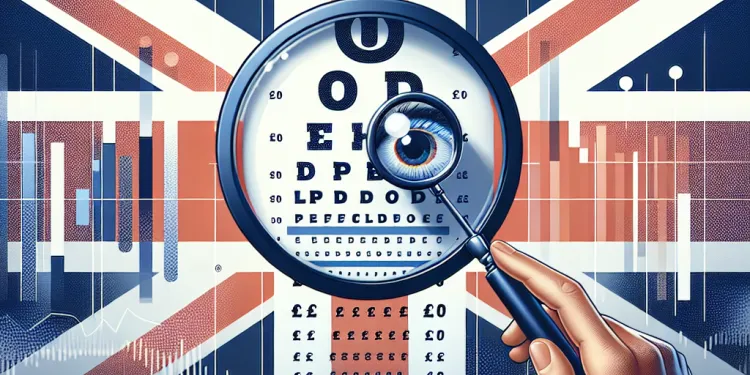
Find Help
More Items From Ergsy search
-
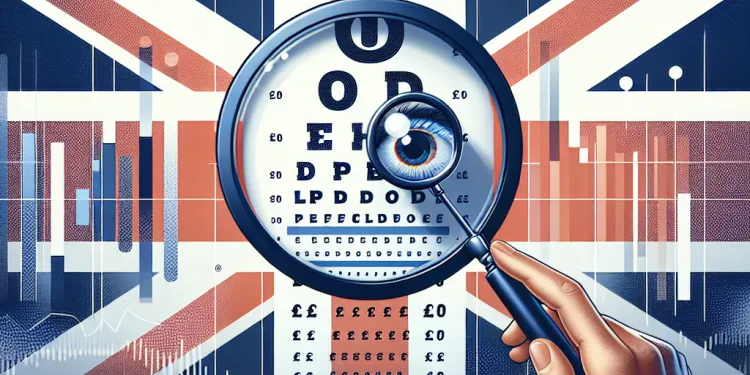
How do I use a vision chart for self-testing?
Relevance: 100%
-

Do I need any special equipment for eye self-testing?
Relevance: 53%
-

How often should I self-test my eyes?
Relevance: 50%
-

What types of self-tests are available for eye patients?
Relevance: 49%
-
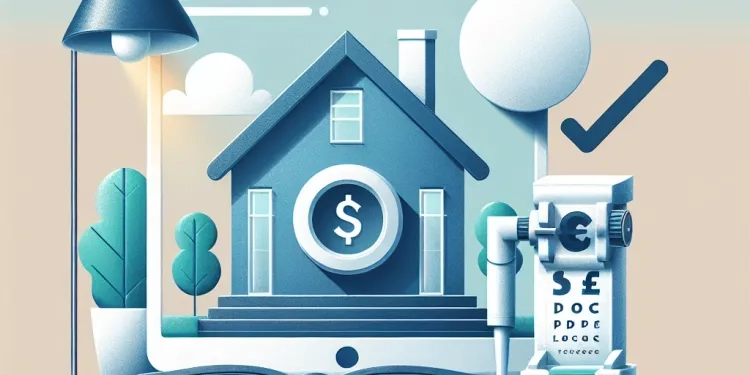
What is self-testing for eye patients?
Relevance: 49%
-

Why would someone need to self-test their eyes?
Relevance: 45%
-

Are self-tests a substitute for professional eye exams?
Relevance: 45%
-
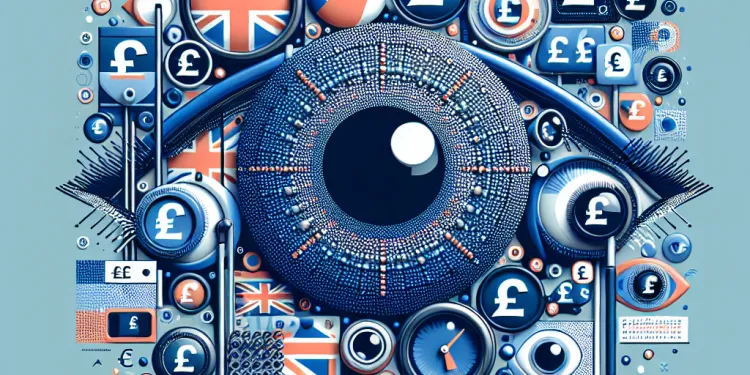
Can self-testing detect all eye conditions?
Relevance: 42%
-

What are the limitations of self-testing for eyes?
Relevance: 41%
-
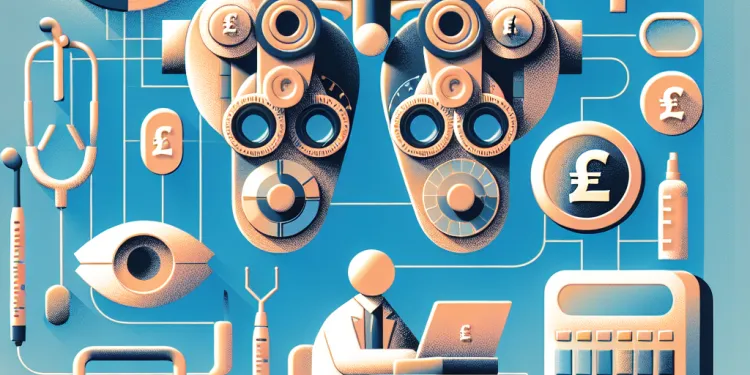
Should I share the results of my self-tests with my eye doctor?
Relevance: 41%
-

Can I use a smartphone for self-testing my eyes?
Relevance: 38%
-
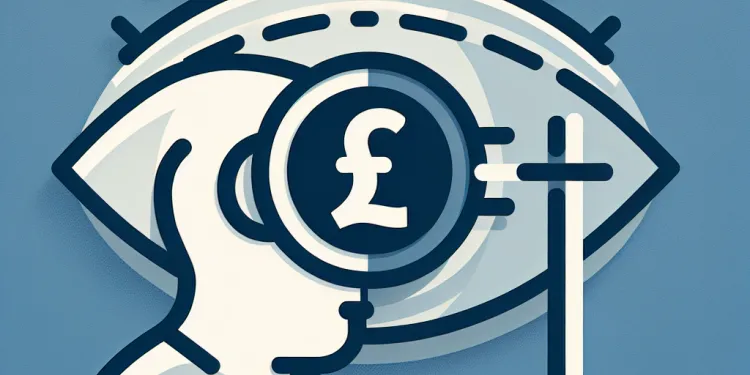
How does self testing for eye patients work?
Relevance: 36%
-

Is it possible for self-tests to cause harm?
Relevance: 33%
-

Can Ozempic affect vision?
Relevance: 31%
-

Do insurance plans cover the cost of self-testing tools?
Relevance: 31%
-

What age groups can benefit from self-testing?
Relevance: 30%
-

What should I do if I notice changes during self-testing?
Relevance: 30%
-

Are there any self-tests for eye pressure?
Relevance: 26%
-
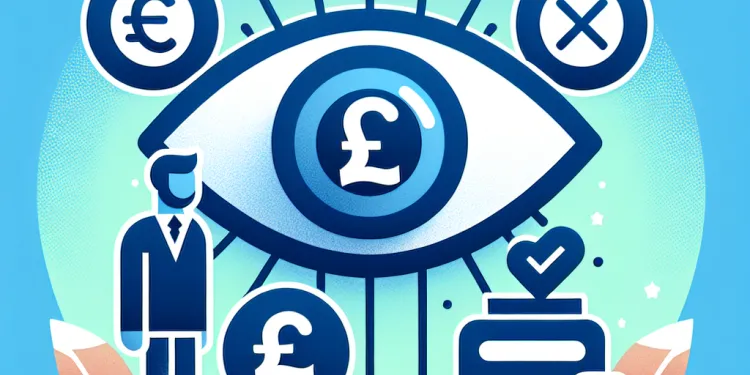
Where can I find reliable self-testing tools for my eyes?
Relevance: 25%
-

In what ways can vision impairments impact driving for those over 70?
Relevance: 25%
-

Can self-testing help me track my prescription changes?
Relevance: 21%
-

Let's Talk Sexual Health - Home Self Testing Kits
Relevance: 17%
-
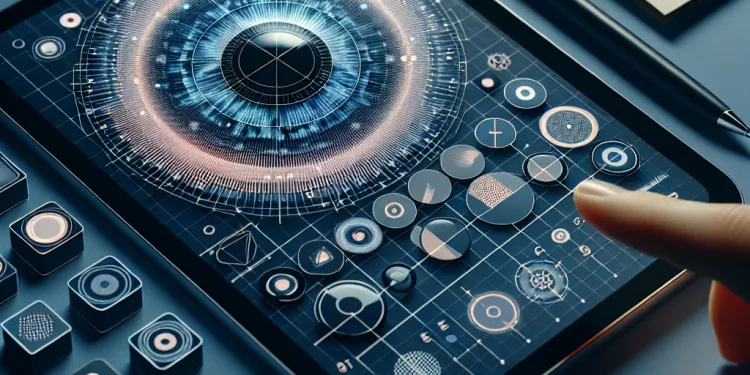
What is an Amsler grid and how is it used?
Relevance: 17%
-
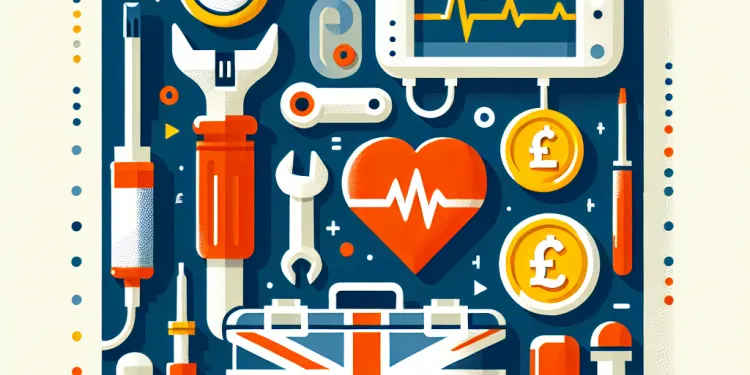
What maintenance do defibrillators require?
Relevance: 14%
-
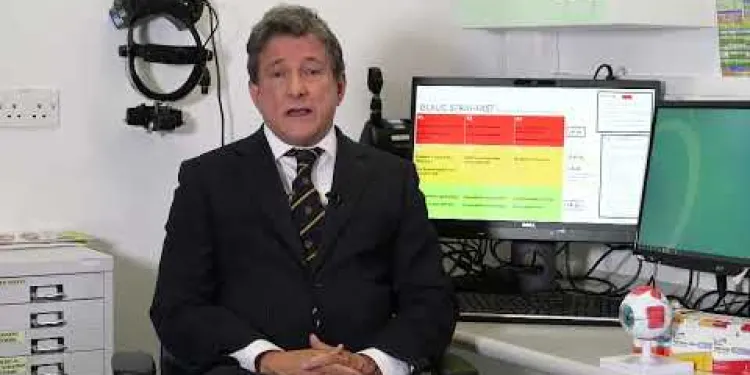
Glaucoma: how does it affect my ability to drive?
Relevance: 12%
-

Does a Ring Doorbell Camera work at night?
Relevance: 11%
-
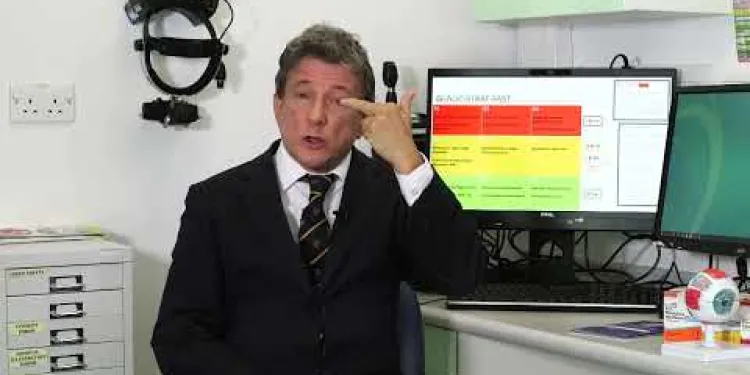
Glaucoma: symptoms in glaucoma
Relevance: 10%
-
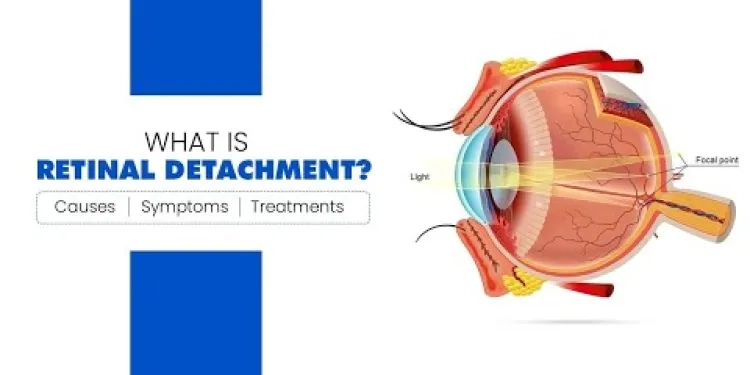
What is Retinal Detachment (Detached Retina)? Causes, Symptoms, and Treatment Options
Relevance: 10%
-

Cataract surgery can resolve life long short-sightedness?!
Relevance: 10%
-
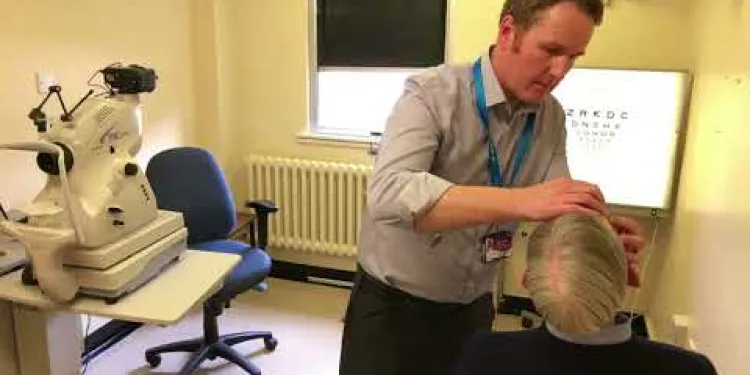
Derbyshire Diabetic Eye Screening - Diabetic Eye Screening
Relevance: 10%
-
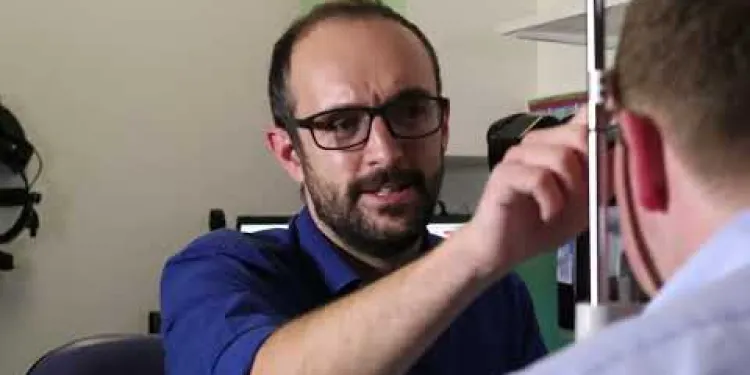
Glaucoma: about the Ophthalmology Team at University Hospitals Birmingham NHS Foundation Trust
Relevance: 10%
-

Are there legal requirements regarding driving for seniors over a certain age?
Relevance: 10%
-

Diabetes Eye Screening
Relevance: 10%
-

Cornea transplant patient Information
Relevance: 9%
-

What are the symptoms of methanol poisoning?
Relevance: 9%
-
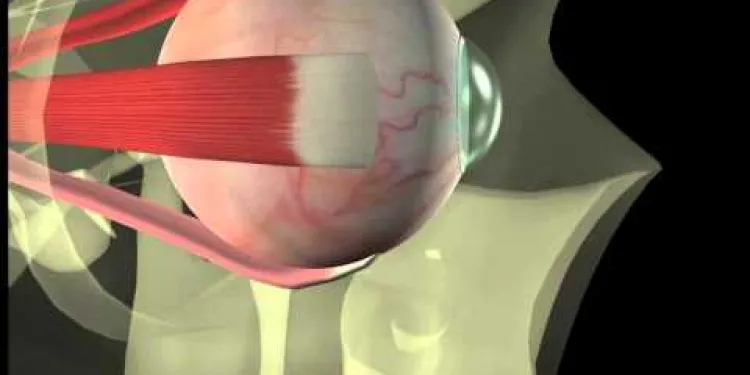
Thyroid eye disease. Squint surgery - The operation
Relevance: 9%
-

Let's Talk Sexual Health - Home Self Testing Kits
Relevance: 9%
-

What role do chronic conditions play in driving risks for seniors?
Relevance: 9%
-
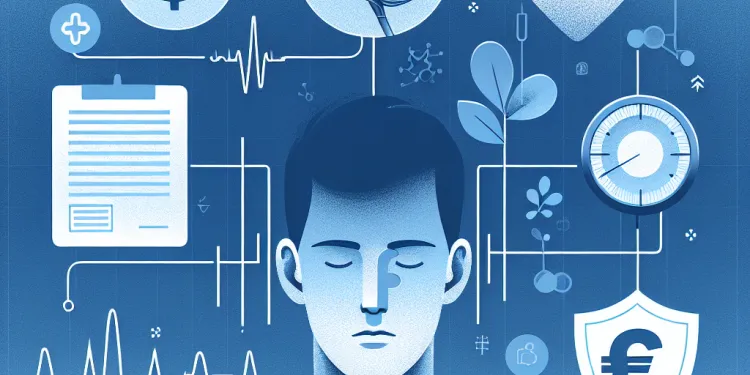
What are common symptoms of a concussion?
Relevance: 9%
-

What are the risks of driving after 70?
Relevance: 9%
Introduction to Vision Testing
Vision charts, commonly known as eye charts, are essential tools used to measure visual acuity. They help identify whether a person might need corrective lenses or further examination by an eye care professional. While professional testing is ideal, you can perform a simple self-test at home using a vision chart as a preliminary measure.
Understanding the Vision Chart
The most familiar type of vision chart is the Snellen chart, which displays letters of decreasing size on successive lines. Each line corresponds to a fraction that represents your visual acuity compared to standard vision. In the UK, vision is often described as '6/6', which means you can see clearly at 6 metres what is normally seen at that distance.
Setting Up Your Test Area
To begin a self-test, you'll need to print a suitable vision chart from a reliable online source. Ensure the chart is printed to scale, usually indicated on the download page. Secure the chart on a wall at eye level in a well-lit area where you can stand or sit at least 3 metres away. Measure the distance accurately to maintain the test's validity.
Conducting the Self-Test
Stand or sit at the predetermined distance and cover one eye with a hand or patch without applying pressure, as this can affect the result. Read aloud the smallest line of letters you can see clearly. Note which line that is. Then, cover the opposite eye and repeat the process. Both eyes should have similar results if your vision is normal.
Interpreting the Results
Each line on the chart corresponds to a standard vision level. For instance, being able to read down to the line marked 6/12 means you can see at 6 meters what a person with typical vision can see at 12 meters. If you find yourself struggling to read lines that indicate 6/6 vision or noticing significant differences between eyes, it may be time to consult an optometrist.
Limitations and Advice
Keep in mind that a self-test is not a substitute for a professional eye examination. Factors like lighting, print quality, and eye condition can affect results. Regular eye check-ups are recommended, even if self-tests show normal vision. If you experience headaches, eye strain, or find reading difficult even with normal self-test results, seek professional advice.
Conclusion
Self-testing using a vision chart is a convenient way to assess if there's a potential issue with your sight. However, it is vital to supplement this with regular professional examinations to ensure comprehensive eye care and health. Should any issues arise during your self-test, do not hesitate to book an appointment with a qualified optician in the UK.
Introduction to Vision Testing
Vision charts, also known as eye charts, help us see how well we can see. They show if someone might need glasses or need to see an eye doctor. While it's best to see a professional, you can use a vision chart at home to do a simple check on your eyes.
Understanding the Vision Chart
The Snellen chart is a popular type of vision chart. It has lines of letters that get smaller on each line. Each line tells you about how well you can see. In the UK, people say your vision is '6/6' if you can see clearly at 6 metres what most people can see at that distance.
Setting Up Your Test Area
To check your eyesight at home, you need to print a vision chart from a trustworthy website. Make sure the chart is the right size. Put the chart on a wall at the same height as your eyes. The room should be bright, and you should be able to stand or sit at least 3 metres away from the chart. Measure this distance to make sure it’s correct.
Conducting the Self-Test
Stand or sit at the right distance. Cover one eye with your hand, but don't press on it. Read aloud the smallest line of letters you can see. Remember which line you read. Then, cover the other eye and do the same. Both eyes should see about the same if your eyes are healthy.
Interpreting the Results
Each line on the chart shows a level of seeing. If you can read the line marked 6/12, it means you see at 6 metres what people with normal vision see at 12 metres. If you can't read the lines marked 6/6 or if your eyes see differently, it might be time to see an eye doctor.
Limitations and Advice
A self-test is not as good as a professional eye check. Things like lighting, chart print, and eye health can change the results. Even if your test is normal, getting your eyes checked by a professional is a good idea. If you have headaches, eye strain, or trouble reading, get advice from an eye doctor.
Conclusion
Testing your eyes at home with a vision chart can help you know if there’s a problem. But regular visits to an eye doctor are important to keep your eyes healthy. If your home test shows problems, make an appointment with an eye doctor in the UK.
Frequently Asked Questions
What is a vision chart?
A vision chart is an eye chart used to measure visual acuity. The most common type is the Snellen chart, which has letters of decreasing size.
Can I perform an eye test at home using a vision chart?
Yes, you can use a vision chart at home for a basic self-test of your visual acuity, but it is not a replacement for a professional eye exam.
Where can I find a vision chart for self-testing?
You can find free printable vision charts online or purchase them from various retailers.
How do I set up a vision chart for self-testing?
Hang the chart on a wall at eye level, ensure adequate lighting, and stand the correct distance away, usually 20 feet for a Snellen chart.
What distance should I stand from the vision chart?
For a standard Snellen chart, you should stand 20 feet away from the chart.
What if I don't have 20 feet of space for a vision test?
You can use a mirror to double the distance or find a smaller-scale chart designed for shorter distances.
How do I measure my visual acuity with a vision chart?
Read the letters on the chart from top to bottom. Your visual acuity is determined by the smallest line you can read accurately.
What is considered normal vision on a Snellen chart?
Normal vision is 20/20, meaning you can read at 20 feet what a person with normal vision can read at that distance.
What do the numbers on the vision chart mean?
The first number is the testing distance, and the second is the distance at which a person with normal vision can read the line.
How accurate is self-testing with a vision chart?
Self-testing can give you a rough idea of your visual acuity but is not as accurate as a test conducted by an optometrist.
Can self-testing with a vision chart detect all vision problems?
No, it primarily measures visual acuity and may not detect issues like glaucoma, cataracts, or color blindness.
Should I wear my glasses or contact lenses during the self-test?
First test with your corrective lenses to check their effectiveness, then without to gauge your natural vision.
How often should I self-test my vision?
If no changes are noticed, testing every six months is fine, but consult an eye doctor if you notice any vision changes.
What should I do if I cannot read the 20/20 line?
If you cannot read the 20/20 line, consider scheduling an eye exam with an optometrist for a comprehensive evaluation.
Can children use a vision chart for self-testing?
Yes, but it's best to have adult supervision to ensure the test is conducted properly and to interpret the results.
What factors can affect the accuracy of a self-test vision chart?
Improper lighting, incorrect distance, and an outdated or blurry chart can all affect accuracy.
Are there digital alternatives to vision chart self-testing?
Yes, several apps and websites offer digital eye tests, but they should not replace professional evaluations.
What is the best type of chart for someone with low vision?
A chart with larger print, or a specialized chart for low vision, may be more appropriate.
Can vision charts test for astigmatism?
Standard vision charts do not test for astigmatism, but some specialized charts and tests do exist for this purpose.
Is a prescription required to purchase a vision chart?
No prescription is required; vision charts can be purchased or printed online freely.
What is a vision chart?
A vision chart is a tool used to check how well you can see. It has rows of letters or shapes.
You stand a distance away from the chart and try to read the letters or name the shapes.
The chart helps eye doctors find out if you need glasses.
Here are some tips that can help:
- Ask someone to read along with you.
- Use a ruler or paper to cover lines to focus on one at a time.
- Take breaks if you are tired.
A vision chart helps check how well you see. It is an eye chart. The most common one is called the Snellen chart. This chart shows letters that get smaller and smaller.
Can I check my eyes at home with a vision chart?
Yes, you can use an eye chart at home to check your eyesight. But, it does not replace seeing an eye doctor for a professional check-up.
Where can I get an eye chart to test my vision?
You can look on the internet to find free vision charts that you can print. You can also buy them from different shops.
How can I make a vision chart to test my eyes at home?
Here is how to make a vision chart:
1. Get a vision chart. You can print one from the internet, or ask a doctor for one.
2. Put the chart on a wall with good light.
3. Stand about 10 feet (3 meters) away from the chart.
4. Cover one eye with your hand.
5. Try to read the letters on the chart with the open eye.
6. Write down the smallest letters you can read.
7. Now cover the other eye and try again.
If you find it hard to see, ask someone to help you. You can also use a magnifying glass or ask a friend to read the instructions aloud.
Put the chart on a wall where you can see it straight in front of your eyes. Make sure the room is bright enough to see well. Stand back from it, about as far as a school bus is long. Most charts need you to be 20 feet away to read them correctly.
How far away should I stand from the eye test chart?
Stand 20 steps away from the eye chart.
What can I do if I don't have 20 feet of space for an eye test?
You can use a mirror to make things look farther or find a smaller chart for shorter distances.
How can I check my eyesight using an eye chart?
Do you want to check your eyes? You can use an eye chart at home. This is how:
- Get an eye chart. You can print one from the internet.
- Put the eye chart on a wall at eye level.
- Stand 10 feet away from the chart.
- Cover one eye with your hand.
- Read the letters from the top to the bottom.
- Write down the last line you can read clearly.
- Now, cover the other eye and do it again.
Ask someone to help you if you find it hard to do alone.
If you can't see well, tell an adult or go to an eye doctor.
Look at the chart with letters. Read the letters starting at the top and going down to the bottom. Your eyesight is measured by the smallest row of letters you can read correctly.
What is normal vision on a Snellen chart?
A Snellen chart is a tool that doctors use to check how well you can see.
Normal vision on this chart is called 20/20 vision. This means you can see clearly at 20 feet what people with normal vision can see at 20 feet.
If you have trouble reading the letters, you might need glasses.
If you need help reading, you can use a magnifying glass or ask someone to read to you.
Having normal vision means you have 20/20 eyesight. This means when you look at something 20 feet away, you can see it clearly, just like most people with normal eyesight.
What do the numbers on the eye test chart mean?
The first number tells how far away you stand to take the eye test. The second number shows how far someone with normal eyesight can read that line.
Here are some ways to help understand:
- Read slowly and take your time.
- Use a pointer or your finger to follow the words.
- Ask someone to read with you. They can help explain if needed.
How well does a home eye test work?
Testing your own eyes can help you understand a little bit about how well you see. But seeing an eye doctor is much better for knowing how well your eyes work.
Can you check all eye problems with a vision chart at home?
No, it mostly checks how well you can see things clearly. It won't tell you if you have problems like glaucoma, cataracts, or trouble seeing colors.
Should I wear my glasses or contact lenses when doing the self-test?
When you do the self-test, you can wear your glasses or contact lenses if you need them to see better. It's okay to use them during the test.
If you are not sure, you can ask someone for help or use a magnifying glass to see things clearly.
First, put on your glasses or contact lenses to see how well they help you see. Next, take them off to check how your eyes see on their own.
How many times should I check my eyes?
You should check your eyes a few times each year. This helps you know if your eyes are healthy. You can use things like glasses or a special eye chart to help. Ask a grown-up if you're not sure.
If nothing changes with your eyesight, it's okay to have an eye test every six months. But if you see anything different, talk to an eye doctor.
What if I can't read the 20/20 line?
Reading the 20/20 line can be hard. If you can't see it:
- Try using glasses. They can help you see better.
- Move closer to the chart.
- Ask for help from a grown-up or an eye doctor.
These steps can make it easier to read. Keep practicing!
If you have trouble seeing the 20/20 line, you should see an eye doctor. They can check your eyes carefully to help you see better.
Can kids check their own eyes with a vision chart?
Yes, but it's good to have an adult help. They can make sure the test is done right and help understand what it means.
What things can change how well a vision chart works at home?
Bad lighting, being too close or too far, and using an old or blurry chart can make things wrong.
Can I use digital tools instead of an eye chart to check my eyes?
Yes, there are some apps and websites that can check your eyes. But, it's important to still see an eye doctor for a check-up.
What chart works best for people with low vision?
People who can't see well need special charts. Here are some good ideas:
- Use charts with big, clear pictures.
- Pick charts with bold, dark lines.
- Try charts that talk if possible. These are called audio charts.
These tools can help too:
- Screen readers: They read out loud what's on the screen.
- Magnifiers: They make things look bigger.
A chart with bigger letters might be better. There are special charts for people who can't see well.
Can eye charts check for astigmatism?
Eye charts help check how well you see. They can show if you have astigmatism. Astigmatism makes things look blurry.
If you think you have astigmatism, see an eye doctor. They can use special tools to check your eyes.
You can also use a magnifying glass to help see small print. Ask someone to help you if you need it.
Regular eye charts don't check for astigmatism. But, there are special charts and tests that can help find it.
Do I need a doctor's note to buy an eye test chart?
You don't need a doctor’s note; you can buy or print eye test charts online for free.
Useful Links
- Ergsy carfully checks the information in the videos we provide here.
- Videos shown by Youtube after a video has completed, have NOT been reviewed by ERGSY.
- To view, click the arrow in centre of video.
- Most of the videos you find here will have subtitles and/or closed captions available.
- You may need to turn these on, and choose your preferred language.
- Go to the video you'd like to watch.
- If closed captions (CC) are available, settings will be visible on the bottom right of the video player.
- To turn on Captions, click settings .
- To turn off Captions, click settings again.
More Items From Ergsy search
-

How do I use a vision chart for self-testing?
Relevance: 100%
-

Do I need any special equipment for eye self-testing?
Relevance: 53%
-

How often should I self-test my eyes?
Relevance: 50%
-

What types of self-tests are available for eye patients?
Relevance: 49%
-

What is self-testing for eye patients?
Relevance: 49%
-

Why would someone need to self-test their eyes?
Relevance: 45%
-

Are self-tests a substitute for professional eye exams?
Relevance: 45%
-

Can self-testing detect all eye conditions?
Relevance: 42%
-

What are the limitations of self-testing for eyes?
Relevance: 41%
-

Should I share the results of my self-tests with my eye doctor?
Relevance: 41%
-

Can I use a smartphone for self-testing my eyes?
Relevance: 38%
-

How does self testing for eye patients work?
Relevance: 36%
-

Is it possible for self-tests to cause harm?
Relevance: 33%
-

Can Ozempic affect vision?
Relevance: 31%
-

Do insurance plans cover the cost of self-testing tools?
Relevance: 31%
-

What age groups can benefit from self-testing?
Relevance: 30%
-

What should I do if I notice changes during self-testing?
Relevance: 30%
-

Are there any self-tests for eye pressure?
Relevance: 26%
-

Where can I find reliable self-testing tools for my eyes?
Relevance: 25%
-

In what ways can vision impairments impact driving for those over 70?
Relevance: 25%
-

Can self-testing help me track my prescription changes?
Relevance: 21%
-

Let's Talk Sexual Health - Home Self Testing Kits
Relevance: 17%
-

What is an Amsler grid and how is it used?
Relevance: 17%
-

What maintenance do defibrillators require?
Relevance: 14%
-

Glaucoma: how does it affect my ability to drive?
Relevance: 12%
-

Does a Ring Doorbell Camera work at night?
Relevance: 11%
-

Glaucoma: symptoms in glaucoma
Relevance: 10%
-

What is Retinal Detachment (Detached Retina)? Causes, Symptoms, and Treatment Options
Relevance: 10%
-

Cataract surgery can resolve life long short-sightedness?!
Relevance: 10%
-

Derbyshire Diabetic Eye Screening - Diabetic Eye Screening
Relevance: 10%
-

Glaucoma: about the Ophthalmology Team at University Hospitals Birmingham NHS Foundation Trust
Relevance: 10%
-

Are there legal requirements regarding driving for seniors over a certain age?
Relevance: 10%
-

Diabetes Eye Screening
Relevance: 10%
-

Cornea transplant patient Information
Relevance: 9%
-

What are the symptoms of methanol poisoning?
Relevance: 9%
-

Thyroid eye disease. Squint surgery - The operation
Relevance: 9%
-

Let's Talk Sexual Health - Home Self Testing Kits
Relevance: 9%
-

What role do chronic conditions play in driving risks for seniors?
Relevance: 9%
-

What are common symptoms of a concussion?
Relevance: 9%
-

What are the risks of driving after 70?
Relevance: 9%


